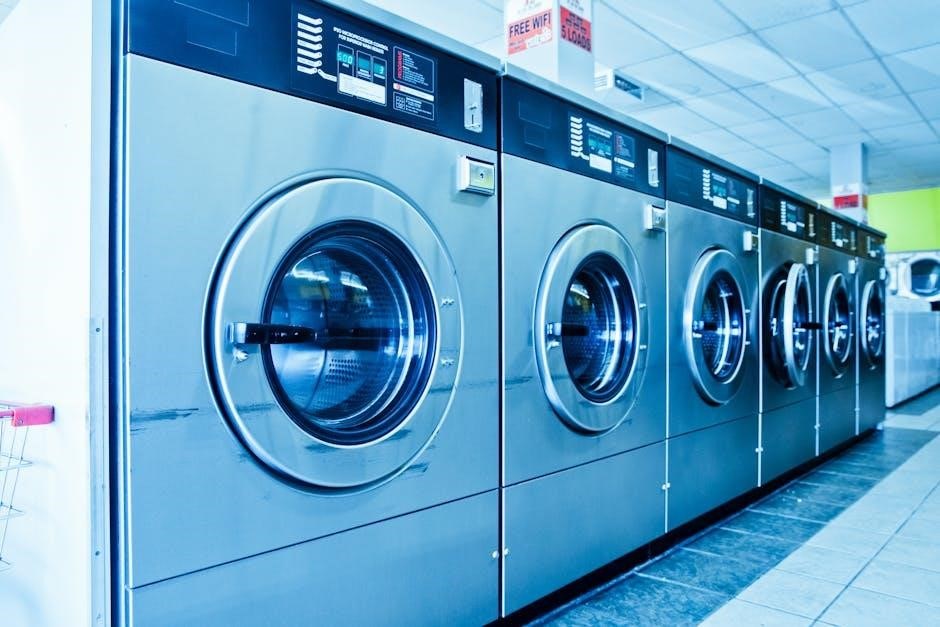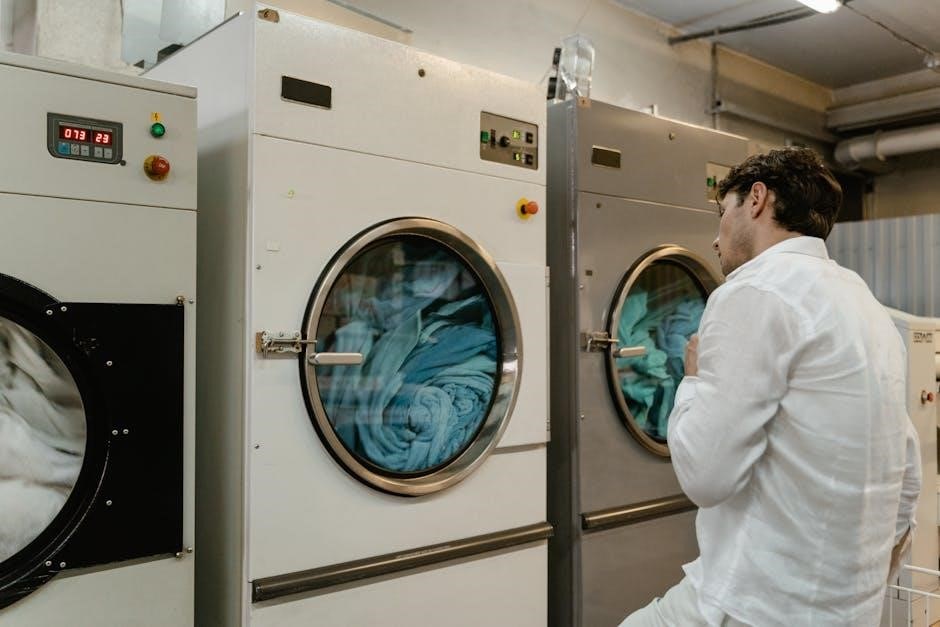GE Gas Range Self Cleaning Instructions provide guidance on safely cleaning ovens, ensuring optimal performance and longevity of the appliance, with detailed steps and precautions to follow during the self-cleaning process always.
Importance of Registering Your Appliance
Registering your GE Gas Range is crucial for receiving important product information and warranty details, as it ensures that you are notified of any updates or recalls, and also helps to establish a record of ownership.
This process is typically straightforward and can be completed online or through the mail, by providing basic information about your appliance, such as the model number and purchase date.
By registering your appliance, you can also take advantage of exclusive benefits, including access to special promotions and discounts on replacement parts and accessories.
Additionally, registration can help to facilitate any future service or repair requests, as it provides a clear record of your appliance’s history and maintenance.
Overall, registering your GE Gas Range is an important step in maintaining your appliance and ensuring that you get the most out of your investment, with all the necessary information and support at your fingertips.
The registration process is usually quick and easy, and it can be completed at any time after purchasing your appliance.

Understanding the Self-Cleaning Process
Self-cleaning process involves high temperatures to burn food residue, leaving a residue that can be easily wiped away, with proper preparation and precautions to ensure a safe and effective cleaning cycle always.
General Instructions for Setting the Self Clean Cycle
To set the self-clean cycle, consult the owner’s manual for specific instructions, as the process may vary depending on the model of the GE gas range. The self-clean cycle typically involves selecting the self-clean option and choosing the cleaning time, which can range from 2 to 4 hours. It is essential to remove all racks and cookware from the oven before starting the self-clean cycle, as these can become damaged or discolored during the high-temperature cleaning process. Additionally, it is recommended to cover the floor and surrounding surfaces with newspaper or a drop cloth to protect them from any potential spills or debris. By following the general instructions for setting the self-clean cycle, users can ensure a safe and effective cleaning process for their GE gas range. The self-clean cycle is a convenient and efficient way to maintain the oven’s performance and appearance. Regular cleaning can help prevent the buildup of food residue and grime.

Preparation for Self-Cleaning
Preparation involves removing food, cleaning the oven floor, and covering surfaces to prevent damage always during the process.
Removing Shelves and Cookware
Removing shelves and cookware is a crucial step in preparing the oven for self-cleaning, as it prevents damage to these items and ensures a more effective cleaning process. The oven shelves may be cleaned in the self-cleaning oven, however, they will darken in color, lose their luster and become hard to slide if cleaned during the self-cleaning cycle. It is recommended to remove the shelves, the broiler pan and grid and other cookware before self-cleaning the oven. This will also give you the opportunity to clean these items separately and prevent any food residue from burning onto them during the self-cleaning process. By removing shelves and cookware, you can ensure that your oven is cleaned thoroughly and that these items are protected from damage. Additionally, cleaning the shelves and cookware separately will help to maintain their quality and performance. Regular cleaning of these items is essential for optimal oven performance.

Maintenance and Cleaning Tips
Regularly cleaning the gas filter and checking for blockages ensures optimal oven performance and prevents damage to the appliance, following the manufacturer’s guidelines always.
Cleaning the Gas Filter
To ensure the optimal performance of the GE gas range, it is essential to regularly clean the gas filter, which can be done by checking the manufacturer’s instructions for specific guidance on the cleaning process. The gas filter is typically located at the back of the range and can be removed for cleaning. It is recommended to clean the filter every 1-2 months, depending on usage, to prevent blockages and maintain efficient gas flow. A clean gas filter also helps to prevent damage to the appliance and ensures safe operation. The cleaning process usually involves soaking the filter in warm soapy water, rinsing it thoroughly, and allowing it to dry before reinstalling it. By following these simple steps, users can help maintain their GE gas range and prevent potential issues. Regular maintenance, including cleaning the gas filter, is crucial for extending the lifespan of the appliance.

Troubleshooting and Common Issues
Common issues include faulty ignitions and uneven heating, resolved by consulting the user manual or contacting GE support for assistance and guidance always online.
Residue from Oven Cleaners
Residue from oven cleaners can cause damage to the oven’s interior when the self-clean cycle is used, so it’s essential to avoid using these products. The owners manual provides guidance on safe cleaning methods and products to use.
Using the wrong cleaning products can lead to costly repairs and maintenance, so it’s crucial to follow the recommended cleaning procedures.
GE recommends periodically checking the oven for residue and food debris to ensure optimal performance and to prevent damage to the appliance.
By following the recommended cleaning procedures and avoiding the use of oven cleaners, users can help extend the life of their GE gas range and ensure it continues to function properly.
Regular maintenance and cleaning can also help prevent common issues and reduce the need for troubleshooting, making it easier to enjoy cooking and baking with the GE gas range.
